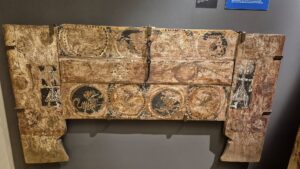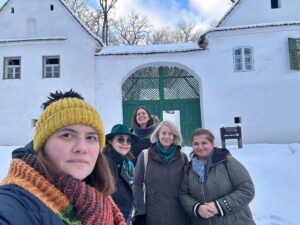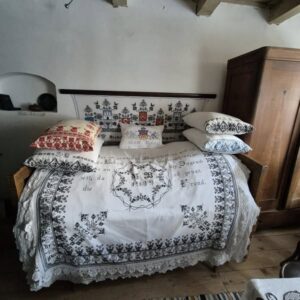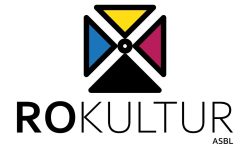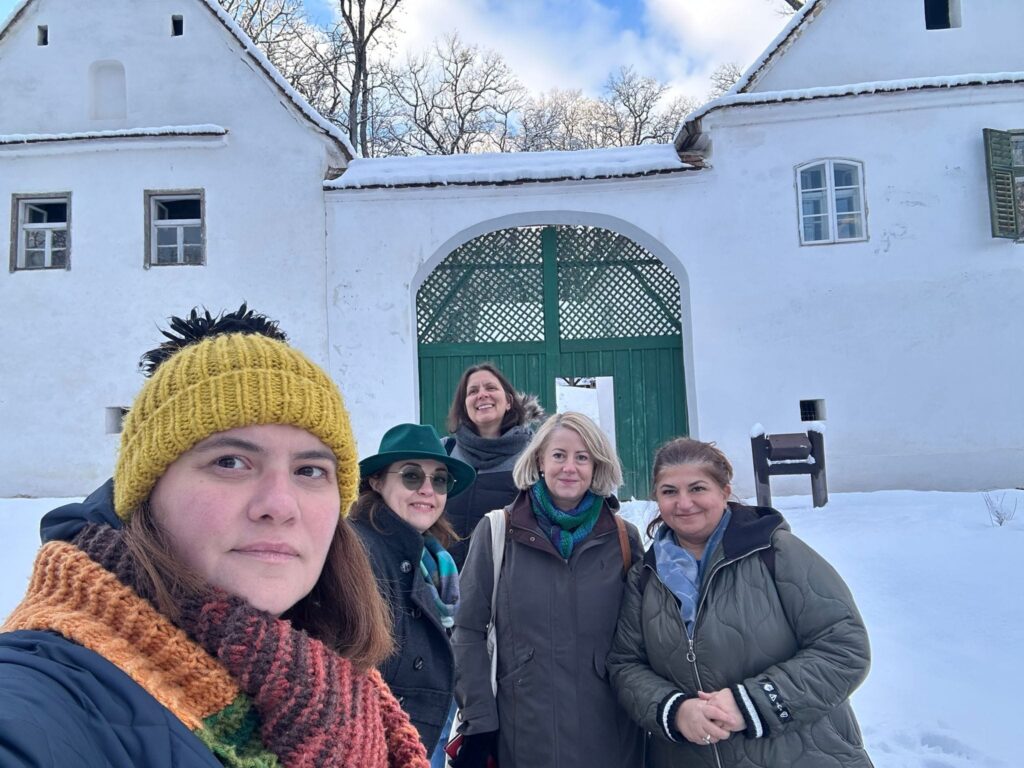7 days into our job shadowing mobility in Sibiu, the Astra Museum, we have learnt about Saxon history, culture and customs from highly qualified experts at the Museum.
We started with an overview of Saxon folk wear given by Camelia Ștefan, exchanged good practices for organising exhibitions and made plans for the rest of our mobility.
On day 2, we attended a book launch at the Lucian Blaga University of Sibiu and learnt about leisure time in the early 20th century Saxon society in Transylvania. We rounded up back at the Astra Museum, where we took a tour of an old Saxon household from Șeica Mică, painstakingly moved from the village and rebuilt on the museum premises. Aside from the knowledge about Saxon traditions, we also gained insights on how to set up an interactive exhibition space, on how to mix exhibits with ‘props’ so as to turn the space into an experience.
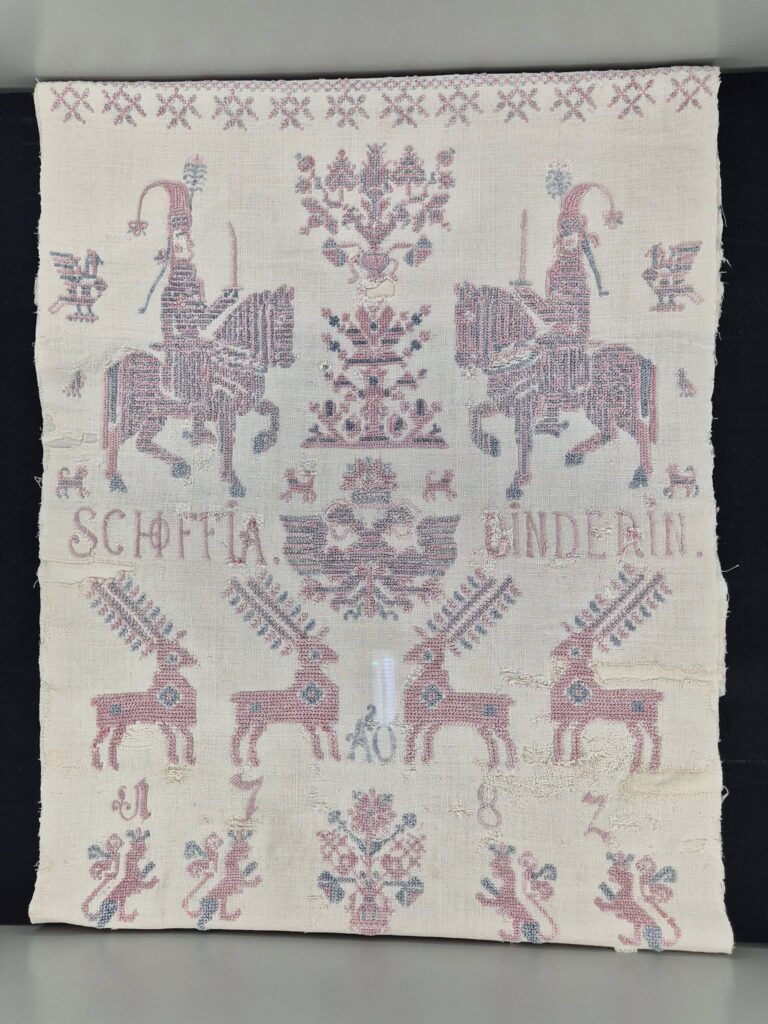
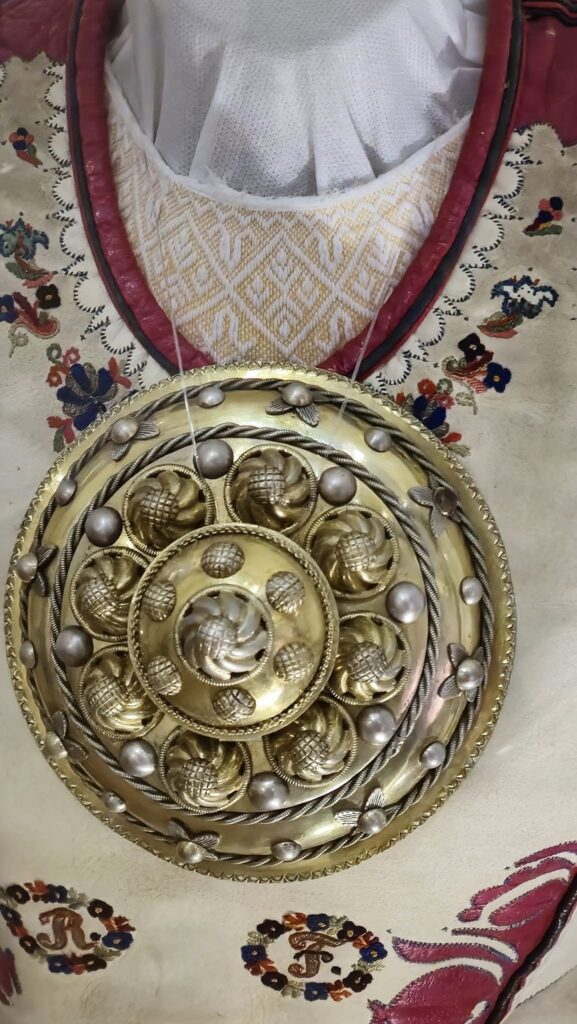
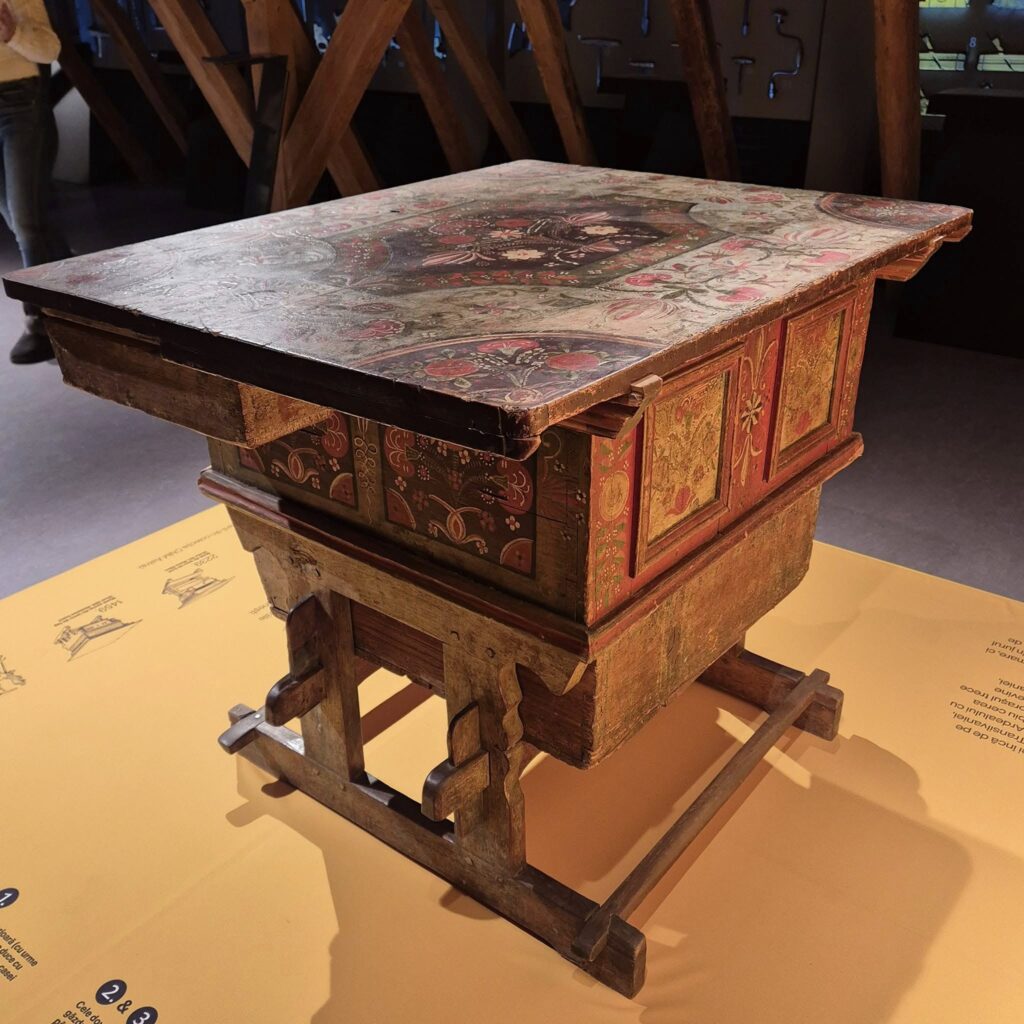
The following days we were sent ‘on the field’ and explored different other museums and landmarks in the region – the Textiles Museum in Băița, the Ethnographic Museum of Orastie, the Museum of Transylvanian Saxon History and Culture, the Arts House and the Citadel of Făgăraș, which hosts an impressive collection of Saxon artifacts. We ended our travels with the Saxon fortified church of Axente Sever, where we admired a collection of folk costumes and daily life artifacts and exchanged with the curator on the ups and downs of managing a historical site in a remote location.
For the remaining days, back at the Astra Museum, we are meeting with Simona Malearov, Karla Rosu, Camelia Ștefan and museum staff to learn more about researching and curating themed exhibitions, including the pedagogical aspects of communicating heritage. We will end our stay with a visit to the Museum’s specialised storage facilities, to gain insights on conservation and archiving techniques and admire some of the oldest artifacts owned by the Museum.
